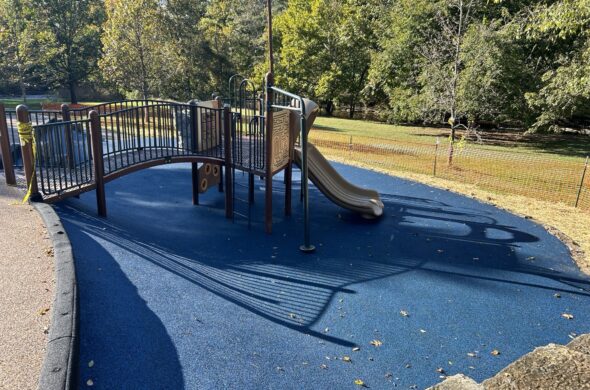Kentuckians may think of rye as an ingredient in whisky, but our Team for Healthy Parks uses a cool season rye seed mix as a woodland cover crop for disturbed areas in the parks. It helps to prevent erosion and displaces invasive species.
We get our rye from Roundstone Native Seed Company from Upton, Ky. We mix perennial and annual seed together – the annual germinates and grows more quickly in the first year, only to be overtaken by the perennial in successive years. Late February is a good time to put the seed down, to see it sprout up all spring. We also will plant it in autumn before the leaves leaf drop. It will sprout in the fall and come back stronger the following spring.
The annual has curved stems, the perennial has straighter stems. This is a cool season grass that is also shade tolerant. When we clear mature stands of Amur or “bush” honeysuckle (our dominant woody understory invasive), we are often left with some shady canopy and bare soil beneath. To prevent both soil loss (erosion) and other problem plants such as honeysuckle re-sprouts, and weeds like garlic mustard or thistle from moving in, this seed can act as a temporary cover crop. As the years pass by, native wildflowers, like white snakeroot or jewelweed tend to repopulate the disturbed areas.


Find something similar: Projects Cherokee Park Iroquois Park Seneca Park








